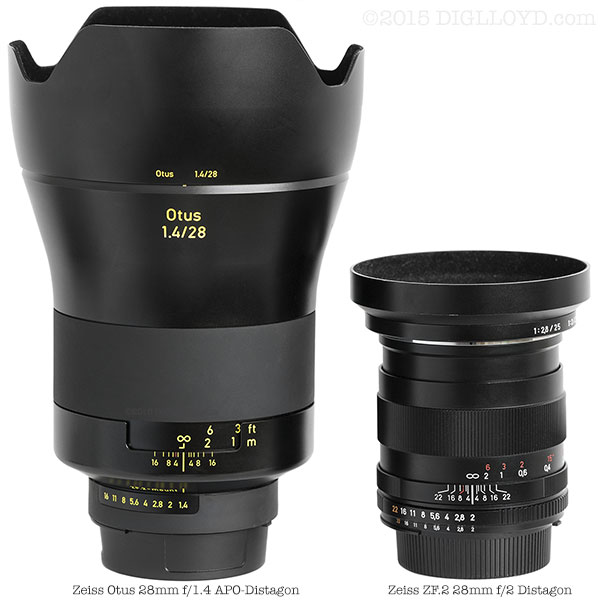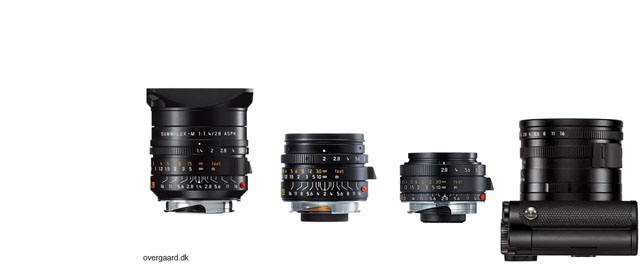The 28mm f/1.4 King and Queen
I neither have the Zeiss Otus 28mm f/1.4 nor the Leica Summilux 28mm f/1.4, I don’t contemplate buying either of them, I don’t even (dare) to dream of them. But then, if a Lamborghini drives by, why look the other way????
So talk is cheap, and without any hands on experience, here it goes:

(Source: Digllod)

(Source: Thorsten Overgaard)
First obvious differences are the size and weight. 440 g for the Leica vs. 1.35 kg for the Zeiss in Nikon mount. So in return, the Leica likely will only work nicely in the corners on a Leica camera, while the Zeiss will work perfectly match on a Sony A7 something camera. Second, the Zeiss goes down to 30 cm minimal focussing distance, while the Leica stops at 70 cm. Maybe you can work with a helicoid to go closer, but then on which camera?!
So here is an example with the Leica that goes close to the object, hmm, subject…

Source: Jonathan Slack
Here is another black and white from Slack again, also close by..
Now let’s see what Pascal Jappy does with the Zeiss in what he calls medium distance:
Yummy.
And a little bit closer:
I think the MTF charts don’t take anything from each other. The Leica might have more field curvature, meaning you can focus on a certain point and might have slightly more sharpness than the Otus (maybe only measurably), while the Otus might be better focussing on a close brick wall and having the corners more or less as sharp as the center. In my book the field curvature is a feature, not a bug. You might get some added bokeh or stronger out of focus effect on top what the f/1.4 aperture will give you anyway.
MTF charts for Otus.
MTF charts for Summilux
Landscape at f/1.4 is something for Astrophotographers, but hey, I am sure if that’s what I wanted, I would find a cheaper solution anyway (how about a Sigma 20mm f/1.4!).
Distortion, which to me is very important, is a wash. 1% each in the same direction. Of course, if no distortion is a must in a 28mm, then there is no way around looking for something that either has the word Biogon in its name or is something of a Biogon design copy.
Otus Bokeh:

(Source: Philbert/Dear Susan)
Other Pics from the Summilux:

(by Elan)

(Source: Thorsten Overgaard)
Last not least, my Minolta MD 28mm f/2.8 technically might be able to do this (of course, only stopped down), but I just like the picture:

(Source: Jonathan Slack)
Other links:
Kristian Dowling 28mm Summilux Review
Ming Thein 28mm Otus Review (Only one bokeh shot! I mean, then, what do you need the Otus for?! But I like his Zeiss 28mm f/2.0 shots very much!)
So you might ask, which lens would I choose? I prefer the Leica Bokeh and of course the little weight, but for the wonderful close focus bokeh, my vote goes to the Otus.



